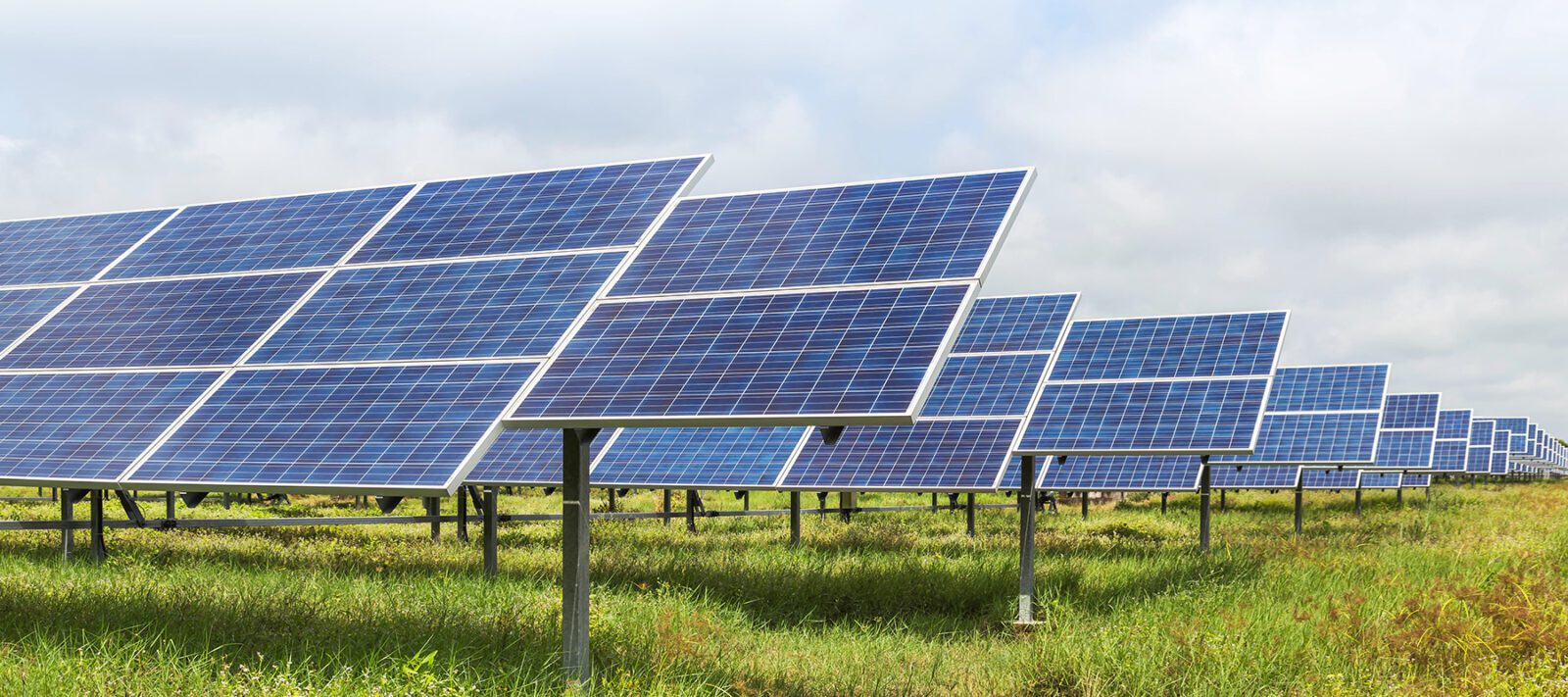

| In 2019, Brown University pledged to reduce greenhouse gas emissions by 75 percent by 2025, and to reach net-zero emission by 2040 (for scopes 1 and 2). Today, with help from a dedicated team of Coho advisors, the university has all the renewable energy and emissions reduction project agreements in place to successfully achieve their 2025 goals. |  |
The team tasked with improving the university’s climate performance knew that switching the university’s electricity to 100 percent renewable sources as quickly as possible was a priority. But making the switch involved entirely new energy procurement processes and contracts. Brown brought the Coho (then known as CustomerFirst Renewables) team onboard in 2017 to help them navigate these complexities.
Coho spent the first three months working with staff members to refine measurement of the university’s greenhouse gas emissions that result from the university’s electricity use, known as taking a Scope 2 inventory. Together, they developed a strategy for switching to zero-carbon, renewable electricity sources.
Since the university wanted to achieve quick, deep cuts in its carbon footprint, Coho recommended a power purchase agreement (PPA) as a first move. With a PPA, energy buyers can claim a large volume of renewable energy credits (RECs) without significant capital outlay. (See our blog PPAs Explained to learn more about how a PPA works.)
Incidentally, the state of Rhode Island passed a law that allowed nonprofits and universities to access solar at a much better rate than other types of energy buyers. Brown was able to cover 70 percent of its electricity use with this program.
Coho helped Brown select a set of projects and negotiate PPAs in Rhode Island to cover that 70 percent. When completed, these projects will be the largest in Rhode Island, generating 40 megawatts of clean electricity. That deal also includes provisions for educational collaboration between the site developers and the university and $1.5 million in bonuses that is going toward electrifying Brown’s fleet and enhancing its electric vehicle charging station program.

The Rhode Island solar farm powering Brown University is being built on this former sand and gravel mining site. Photo by Stephen Crocker / Brown University
To close the gap of that remaining 30 percent, Coho helped Brown secure and negotiate a PPA for a wind farm in Texas. That installation has been completed and is generating 8 megawatts of clean electricity.
“In choosing to offset all on-campus electricity use with renewable energy, we are taking a significant step forward in reducing greenhouse gas emissions. We realize that there is much more work ahead to ensure we do all we can to contribute to global efforts to combat the increasingly dire threat posed by climate change.”
– University President Christina Paxson, January 2019
As the university grew, it needed additional sources of renewable energy to maintain its 100 percent clean electricity achievement. Rhode Island had issued an RFP for solar that would have used up all the solar resources in the state, so Coho worked quickly to help the university secure two additional in-state PPAs: one for five megawatts and one for three megawatts. Both have been completed. These PPAs did not require capital outlay from the college and are expected to continue creating savings over time.
Then, it became time to take the next step toward carbon neutrality: tackling Scope 1 emissions.
Some of Brown’s energy, particularly for heating, is produced on-campus through the combustion of methane gas (also known as “natural gas”) at a university owned facility. This is considered a “Scope 1” emissions source. The university plans to replace gas systems with electric systems over time as it becomes feasible to do so, but a full transition will take over 15 years. Brown sought Coho’s guidance on how best to reduce the university’s carbon footprint from this fuel source in the meantime to reach and maintain its 2025 interim goal.
Coho first explored a solution that was structured similarly to a PPA. It involved financing a renewable natural gas (RNG) plant co-located with a facility that produces high volumes of vegetable waste. The company disposed of its vegetable scraps in an open lagoon, the decomposition of which creates methane—a highly potent greenhouse gas—which rises into the atmosphere. Methane is the same greenhouse gas being combusted on Brown’s campus for heating.
The RNG plant would capture this methane, clean it, and inject into the gas pipeline system. By capturing and burning methane that would otherwise go directly into the atmosphere, this method has a positive climate impact relative to using conventionally sourced methane. The university would have received that climate benefit by claiming the carbon offsets generated by the project. This would reduce the university’s greenhouse gas emissions from this fuel source by 80-90 percent.
It would have been an innovative and effective solution. But while performing rigorous due diligence, Coho discovered concerning evidence of a misalignment of values between the canning company and Brown University. Coho brought this to Brown’s attention, knowing that the misalignment of values would matter to the Brown team. The deal was abandoned, a disappointing outcome but ultimately the right one for Coho’s client.
Coho’s next recommendation was to explore carbon offsets as a temporary solution. Offset programs allow energy users to claim greenhouse gas reductions for these interim periods, but there is controversy over the legitimacy of some offset programs. Coho helped Brown identify, vet, and secure a long-term offset solution that was both highly credible and in-budget.
The deal will cause enough greenhouse gasses to be captured and destroyed to reduce Brown’s Scope 1 emissions by 50 percent for approximately one decade, both making them climate leaders in higher education and giving them time to make the on-campus changes required to move away from natural gas altogether.
Brown University is now on track to reduce its emissions from electricity (scope 2) 100 percent and its on-campus emissions (scope 1) by 50 percent using offsets.

Source: Brown University
Coho is proud to provide expert advice and support through Brown’s journey. Our enduring relationship with Brown has allowed us to explore a variety of carbon reduction solutions and stay nimble in changing circumstances. Together, we have accelerated one of the nation’s most prestigious universities towards ambitious, science-based climate goals.

Let’s Transform Your Campus
You have a vision: a clean and resilient university, hospital, or corporate campus. Coho can help make your vision a reality.